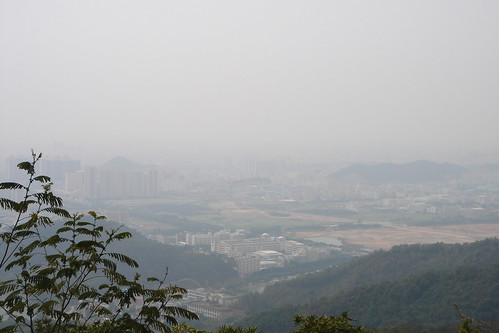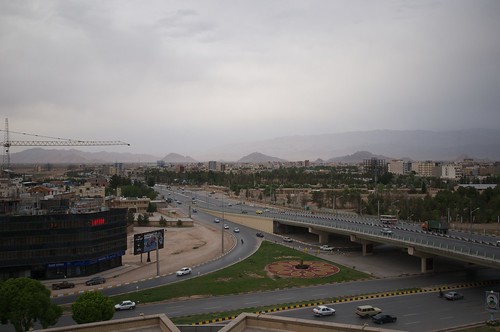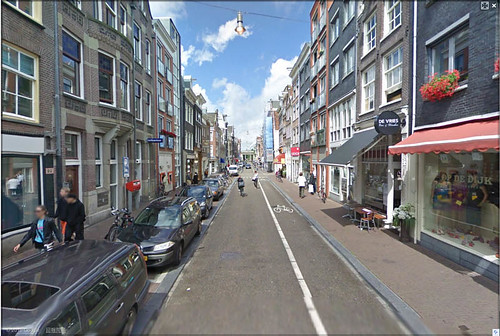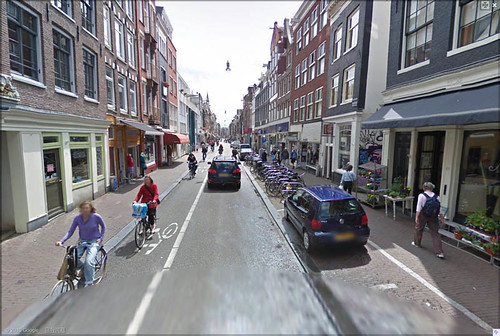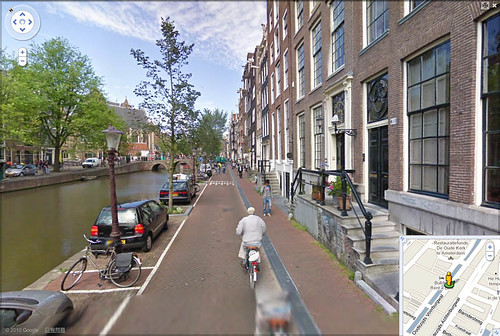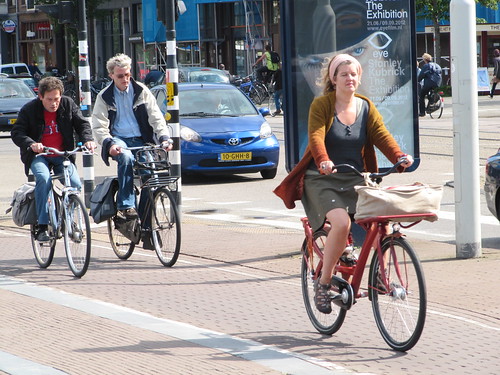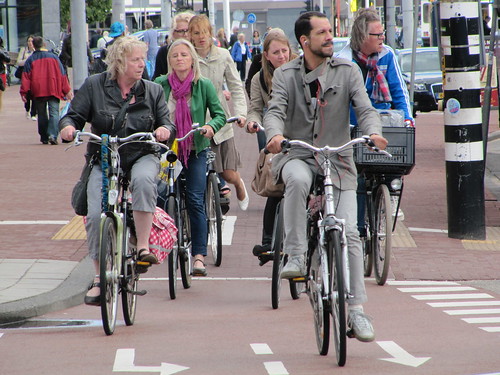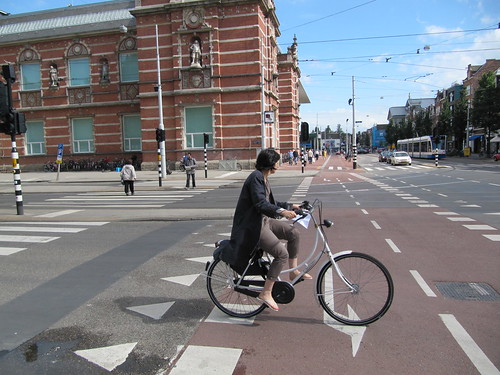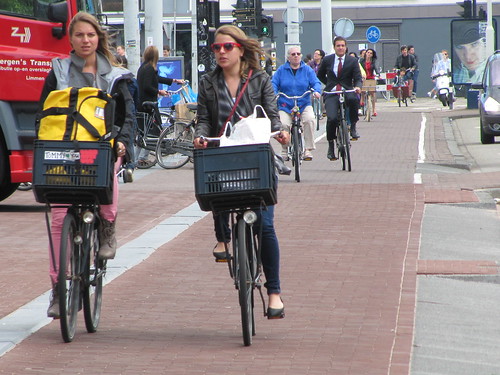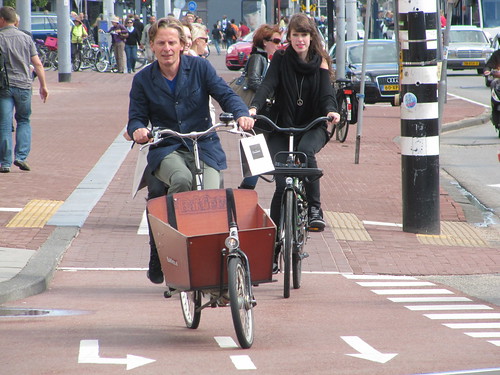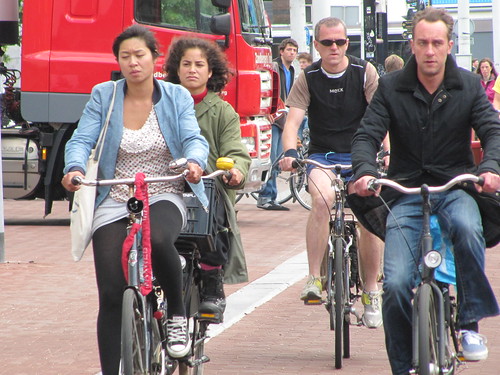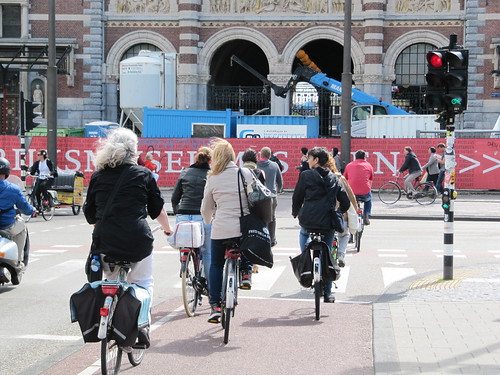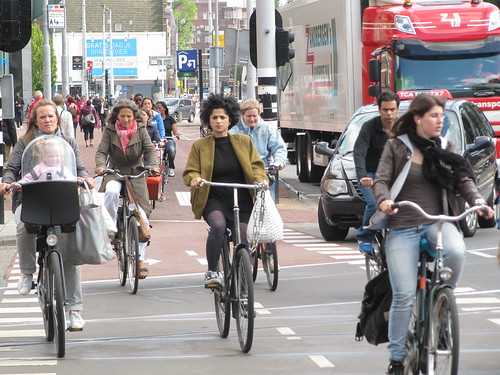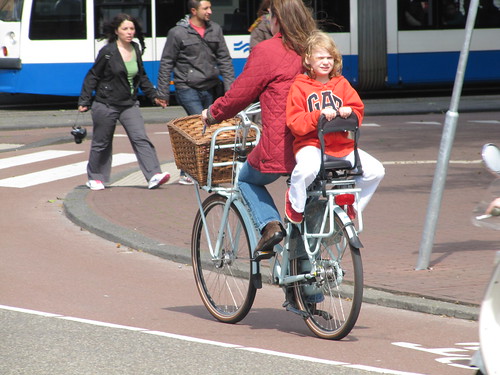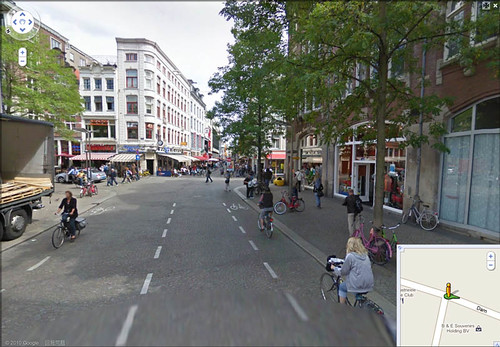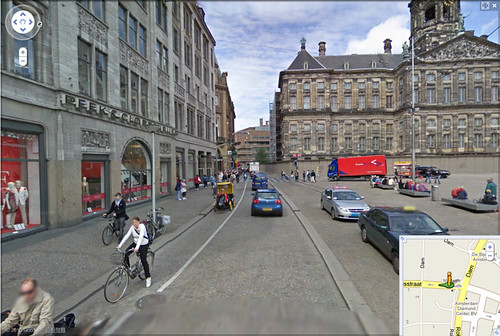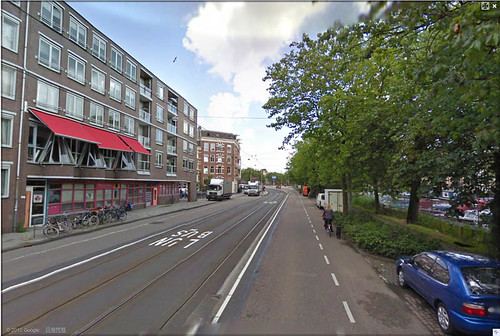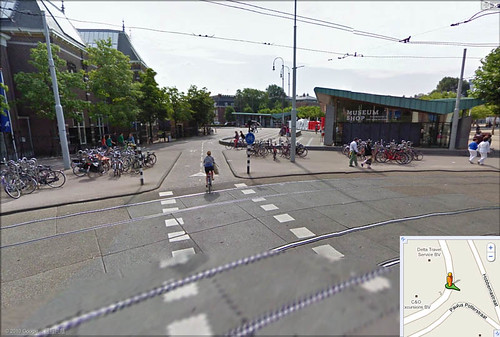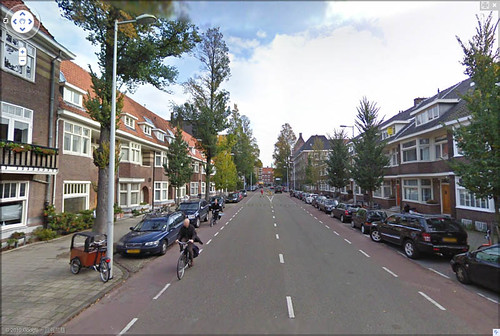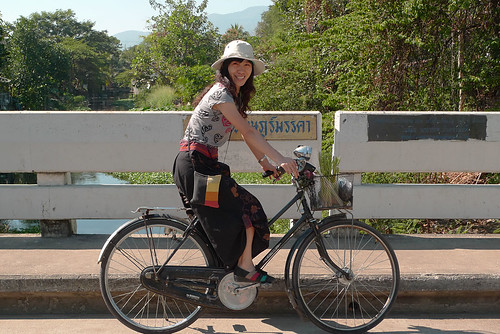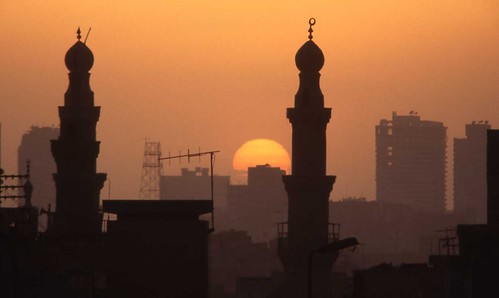by UN HABITAT
The city is one of the highest pinnacles of human creation. Concentrating so many people in dense, interactive, shared spaces has historically provided distinct advantages, that is, agglomeration advantages. Through agglomeration, cities have the power to innovate, generate wealth, enhance quality of life and accommodate more people within a smaller footprint at lower percapita resource use and emissions than any other settlement pattern.
Or so they could. Increasingly, cities are forfeiting many of the benefits that agglomeration has to offer. Two metastudies of urban land expansion have shown that over the last two decades most cities in the world have become less dense rather than more,1,2 and are wasting their potential in ways that generate
sprawl, congestion and segregation. These patterns are making cities less pleasant and equitable places in which to live. They are also threatening the earth’s carrying capacity. And they are most acute in fast-growing cities, particularly those with the lowest institutional capacities, weakest environmental protections and longest infrastructure backlogs.
Increasingly, city managers wish to learn by example. Rather than more theory and principles, they want to know what has worked, what has not, and which lessons are transferrable to their own contexts. There is much information available, but little time. UN-Habitat has developed these “quick guides” for urban practitioners who need condensed resources at their fingertips. The aim is to suggest patterns that can help cities and city-regions regain these inherent advantages in a time of increased uncertainty and unprecedented demographic expansion.
More than half the global population now lives in towns and cities. By the year 2050,
UN-Habitat research projects that that figure will rise to two-thirds. This rapid, large-scale concentration of humanity in the world’s cities represents new challenges for ingenuity, and numerous opportunities to improve the way in which human habitats are shaped. Most of this population growth will be in the cities of developing countries, which are expected to grow by an additional 1.3 billion people by 2030, compared to 100 million in the cities of the developed world over the same period. While
urban population growth rates are stabilizing in regions which are already predominantly urban (such as Europe, North, South and Central America and Oceania), regions with a higher proportion of rural population (such as Asia and Africa) are likely to see exponential rates of urban population growth in the coming years. Most urbanization is likely to occur in cities relatively unprepared to accommodate these numbers, with potential negative repercussions for quality of life, economic development and the natural environment.
read more

more about urban density:


